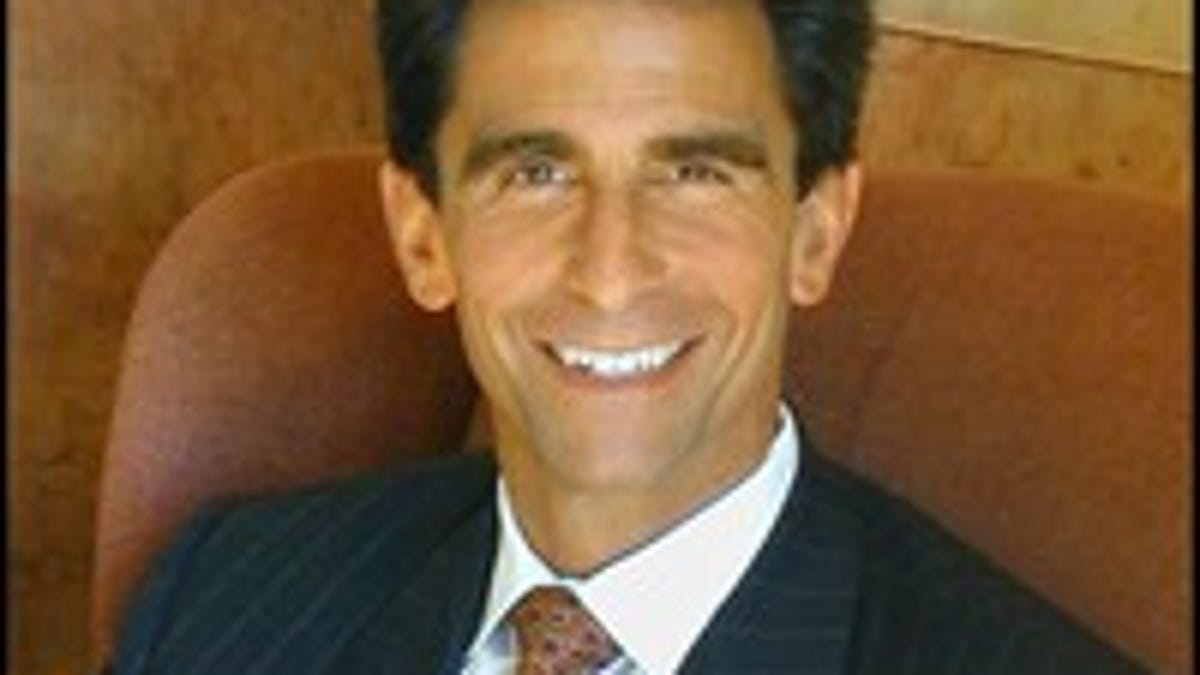California Senate to consider cell phone radiation bill
State Sen. Mark Leno's (D-San Francisco) bill would would require retailers to include notices on product packaging informing consumers that cell phones emit radio frequency energy.

A bill that would require California retailers to inform consumers of the possible health risks of cell phone use received its first reading this week in the Rules Committee of the state senate. Following minor amendments, the legislation now proceeds to the Senate Environmental Quality Committee for initial consideration.
Sponsored by Sen. Mark Leno (D-San Francisco), SB 932 would require retailers to include notices on product packaging that cell phones emit radio frequency (RF) energy. A second notice also must be posted at the point of sale when purchasing online or in a physical store.
In an interview with CNET, Leno says he hopes the legislation will educate consumers not only on any potential health risks, but also offer solutions for reducing RF exposure. "There's ever-mounting evidence of a likely relationship between long-term cell phone use and health risks when you put the phone next to your brain," he said. "Even cell phone user manuals suggest that you don't keep your phone on or next to your ear."
As it currently reads, the required notice omits any mention of a phone's specific absorption rate (SAR), while indirectly referencing the FCC's 1.6 watts per kilogram limit. "This device emits radio frequency energy," the notice says. "Do not hold or carry it directly against the body when connected to a network or you may be exposed to levels greater than the safety limit established by the Federal Communications Commission. Consult the user's manual for additional information on safe use."
Leno said he hopes to further amend the language to match the warnings currently found in cell phone user manuals. For example, the
If passed, the bill would be the first statewide legislation in the country focusing on RF emissions. Yet, this the second time Leno has proposed such a measure in the legislature.
Last year, he introduced an unsuccessful bill modeled on San Francisco's "Right to Know" ordinance, which required retailers to post a consumer safety warning and list the SAR for each model sold. The CTIA, the wireless industry's lobbying arm, lobbied against Leno's bill and sued San Francisco to block implementation of the city's ordinance.
"The industry has been fighting our efforts, but they're making a mistake," he said. "The more they fight, the more I wonder what they're not telling us. We live in an age of disclosure...why not disclose this?"
This time, Leno said he purposely excluded any SAR references as a compromise to wireless industry concerns that focusing on the SAR level is misleading to consumers. He said he still expects opposition from the wireless industry's lobbying group; spokeswoman Amy Storey said in an e-mail that the CTIA is reviewing the bill and would not offer further comment.
The Senate Environmental Quality Committee could hold the first hearing on SB 932 as early as May 9. If approved, it would move first to the full Senate and then to the Assembly for consideration.

